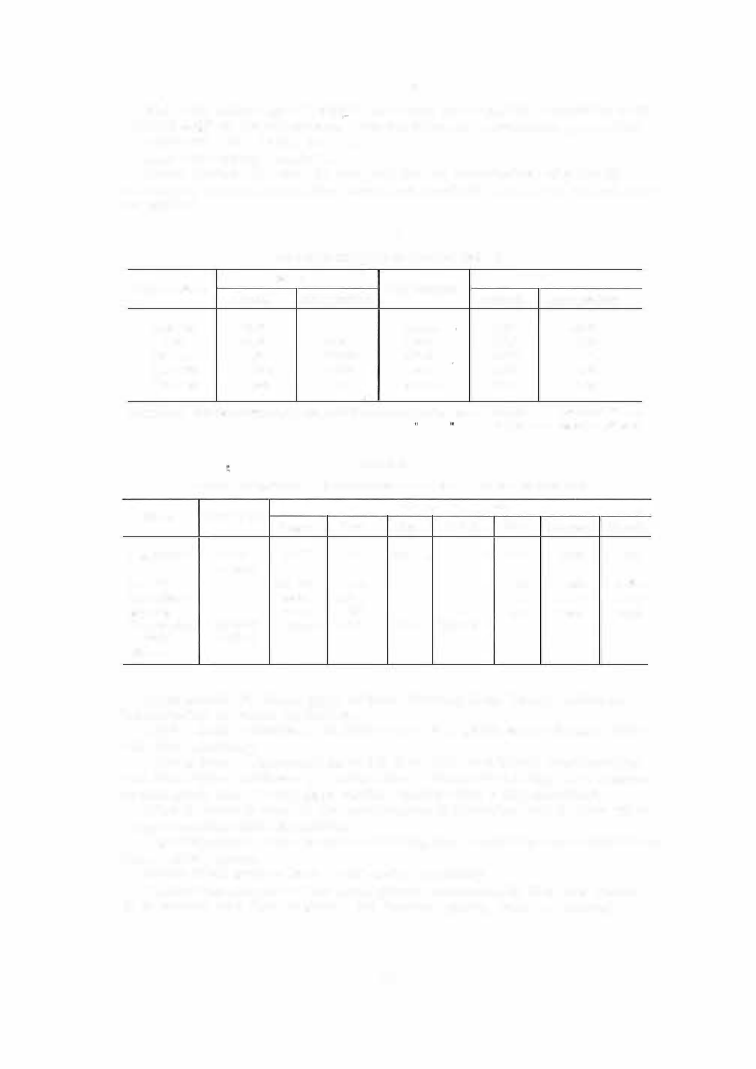Technology of watch production - part 11

Flat rods and strips of LS6 3 - 3 lead brass are supplied, according to the
TsMTU 4 5 8 9 - 5 5 specifications, with the following mechanical properties :
semihard - 4 5 - 6 5 Rc , s cale B;
hard - 6 5 - 9 0 Rc , s cale B .
B rass grades L62 and L 6 8 are used for the manufacture o f parts by
drawing or bending, since they have good plasticity and can be worked with
out failure.
TABLE 7
Brass 1vire (in mm) (according to GOST 1 066-50)
Tolerance
Tolerance
Wire diameter
Wire diameter
standard
high-precision
standard
high-precision
'
0.10-0 .25
-0.02
-
1 .0-1 .1
- 0 .04
-0.03
0.30
- 0.03
-0 .02
1 .2-1 .9
-0.045
-0.04
0.35-0 .50
-0 .03
- 0 .025
2 .0-2 . 9
- 0 .055
-0.04
0.55-0.60
-0 .035
- 0 .025
3.0
- 0.06
-0.04
0 .65- 0.90
- 0.035
- 0 .03
3 .2-4.8
- 0.06
- 0 .05
R e m a r k s : The tolerances can be narr01ved if required : for diameters up to 2 .5 mm - down to 0.01 mm,
" " 4.8 mm - down to 0 .02 mm.
TABLE 8
Chemical composition of nonferrous metals used in the manufacture of watch parts
Grade
GOST or TU
Chemical composition
Copper
Lead
Zinc
Nickel
Iron
Antimony
Bismuth
Brass 1..559-1
GOST
57 -60
0.8 - 1 . 9
Balance
-
0.5
0.005
0.002
.
1019-47
Brass L62
"
60.5-63.5
0.03
"
-
0.10
0.005
0.002
Brass LS63 -3
"
62-65
2 .4-3
"
-
0.10
0.005
0.002
Brass L68
"
67 -7 0
0.03
"
-
0.10
0.005
0.002
German silver
TUTslviO
Balance
1 .6-2
17-19
16.5-18
-
-
-
lviNTsS
6-42 -51
63-17 -18-2
When machined, thes e types of brass develop large burrs, which are
inadmis sible in watch production .
LS5 9 - 1 b rass contains lead (more than 1 % ), which makes it more s uit
able for machining .
LS6 3 - 3 brass , containing up t o 3 % lead, has even better machinability
and als o higher hardness and brittleness . The hard and very hard bras ses
of this grade have a very good surface quality after being machined .
LS6 3 - 3 brass is use d i n the manufacture o f important watch parts which
require considerable machining.
Less important parts or parts requiri'ng less machining are manufactured
from LS5 9 - 1 bras s .
Bras s o f all grades lends its elf eas ily t o plating.
Leaded German silver has much poorer m ac hinability than has bras s ;
i t i s harder and al so tougher. Its surface quality after machining
4 1